Seeing the world at Innsbruck, Austria.
This is not the typical blog about a hiking excursion in a nature reserve. Instead, it is a narrative of my trip to the bustling town of Innsbruck in Austria, renowned for its The city boasts world-famous castles, a rich history, and renowned ski jumping. My wife loves films about Empress Sisi, so of course we had to visit one of the castles where she stayed.
We rented an electric car and drove 45 kilometres from our campsite in Fugen to reach Innsbruck. Despite the strong winds causing sand to drift onto the highways, we safely arrived at the breathtaking Ambras Castle – a must-see destination.
Ambras Castle is a Renaissance castle and palace located in the hills above Innsbruck, Austria. Ambras Castle stands at an elevation of 632 metres (2,073 ft) above sea level. It is widely recognised as a key draw for tourists in the Tyrol region. Ambras Castle was constructed on the site of a 10th-century castle in the 16th century. The Counts of Andechs established their seat of power at this location. The castle holds significant cultural and historical importance that is deeply intertwined with Archduke Ferdinand II (1529–1595), as it served as his family’s residence from 1567 to 1595. Ferdinand was renowned for being one of the biggest art collectors in history. As the princely sovereign of Tyrol and Emperor Ferdinand I’s son, Ferdinand commissioned the transformation of the medieval fortress at Ambras into a Renaissance castle. The world-renowned collections of cultured humanists from the House of Habsburg are housed within Castle Ambras Innsbruck, making it one of the oldest museums globally. The collections remain preserved in the Lower Castle, exclusively built for that purpose.
Some interior images:
The Lower Castle houses armouries showcasing masterpieces of European armoursmithery created during the rule of Emperor Maximilian I to Emperor Leopold I. The “Kunst- und Wunderkammer” (Chamber of Art and Wonders) is a unique Renaissance Kunstkammer that has been preserved at its original location. It stands as an unparalleled cultural monument.
Above the Lower Castle lies the renowned Spanish Hall (Spanischer Saal), a remarkable instance of German Renaissance architecture, including a detailed wood-inlaid ceiling and walls embellished with 27 full-length portraits of the Tyrolean rulers. The Upper Castle houses the exhaustive Habsburg Portrait Gallery (Habsburger Porträtgalerie) exhibiting paintings of a myriad of members of the House of Austria[4] and other prominent European royal families. Notably, the collection features a significant number of portraits of young princes and princesses.
Outside photographs of the garden and additional side structures:
The castle and its remarkable collection impressed me greatly. It is just astonishing how much money has been spent at that time of the year. Incredible. To keep it this way is another story but just so happy to be able to visit it.
The worst of the weather had passed during our visit to the castle, so it was time to head to the town of Innsbruck and discover more of Aurstia’s history.
One of the first sights when we crossed the Inn River was the colourful houses. The colourful houses are built on the flank of the River Inn, bringing a vibrant image to life. In the background of the picture, the mountain Nordkette is visible.
The Nordkette, also known as the North Chain or the Northern Range, is a mountain range situated just north of Innsbruck in Austria. Among the four prominent mountain chains in the Karwendel, it is the southernmost. Its highest peak is the Kleiner Solstein (2,637 m (AA)), located towards the west of the range.
We continued our walk in the centre of Innsbruck. As you notice the images. Comfortable, historic and full of life.
The Roman-inspired triumphal gate, nestled amidst the bustling modern city and the timelessly grand mountains, stands out as one of Innsbruck’s most impressive sights. Similar to a triumphal arch from ancient times, it offers a glimpse into the city’s history.
Despite its grandeur, it is not ancient. This Baroque edifice was commissioned in the 18th century by Maria Theresa.
It is the symbol of joy and sadness:
sadness, commemorating a happy wedding and a tragic incident. The south side of the gate honours the wedding motto, but the multi-day celebrations were marred by the sudden death of Empress Maria-Theresa’s husband, who was also the groom’s father. The regent was plunged into deep mourning. The northern facade of the triumphal arch features illustrations of grief to mark the untimely death of the emperor.
Next, I aimed to assist my partner with a trip to the Imperial Palace in Innsbruck.
Built under the reign of Emperor Maximilian I, and painted by Albrecht Dürer, the Imperial Palace in the historic centre of the Alpine city of Innsbruck has been inhabited by emperors of the Habsburg dynasty for centuries. It stands as a significant monument to commemorate the Austro-Hungarian Empire. Emperor Franz Joseph, Sisi’s husband, frequented the palace during his lengthy reign. Sisi, who was always striving for freedom, preferred to distance herself from courtly protocol and would only visit as a guest while in transit to Merano. Nowadays, the authentic state rooms of Maria Theresia and the permanent exhibition on Emperor Maximilian I are the prominent highlights that revive the imperial legacy, depicting the dominance and prosperity of past rulers.
Due to copyright restrictions, I was unable to take photographs during my visit to the castle. However, the experience was truly remarkable. The collection of furniture, clothing, incredible corridors and paintings seemed never-ending. The sheer value and magnificence of the exhibits cannot be captured in words; there are simply not enough to do it justice.
We had to visit the ski jumping hill when we were in Innsbruck.
The Bergisel Ski Jump, situated in Innsbruck, Austria on Bergisel hill, boasts a stadium with a considerable capacity of 26,000. The stadium can accommodate up to 26,000 spectators.[1] It is a significant FIS Ski Jumping World Cup venue and the third competition of the esteemed Four Hills Tournament is held there every year.
Its initial competition in the 1920s employed modest wooden structures. The bigger hill was initially constructed in 1930 and underwent reconstruction before the 1964 Winter Olympics to accommodate the individual large hill event. After twelve years, the location was once again selected to host the same event. The hill, currently in its finished form, was designed by the British-Iraqi architect Zaha Hadid in 2003.
Seeing Innsbruck from a higher vantage point was a breathtaking experience. The panoramic view of the vibrant city nestled among the majestic mountains was truly a highlight that capped off our day trip.
We were fortunate on our journey. Although we began amid stormy weather, the sun eventually emerged, and we were treated to pleasant temperatures and delightful scenery.
As we made our way back, we remained somewhat quiet, contemplating the wealth acquired by the King, which didn’t sit well with me.
We reached our campsite and returned to the essentials. The basics for me are sleeping on the roof of our car and enjoying the sounds of nature. We make a fire and turn on some lights to read our books.
These moments make time stand still and are priceless to me.
Thank you
![]()














































Adembenemend de foto’s van de kastelen en de zalen . Koningin Sisi spreekt iedereen wel aan denk . Prachtig gedaan .